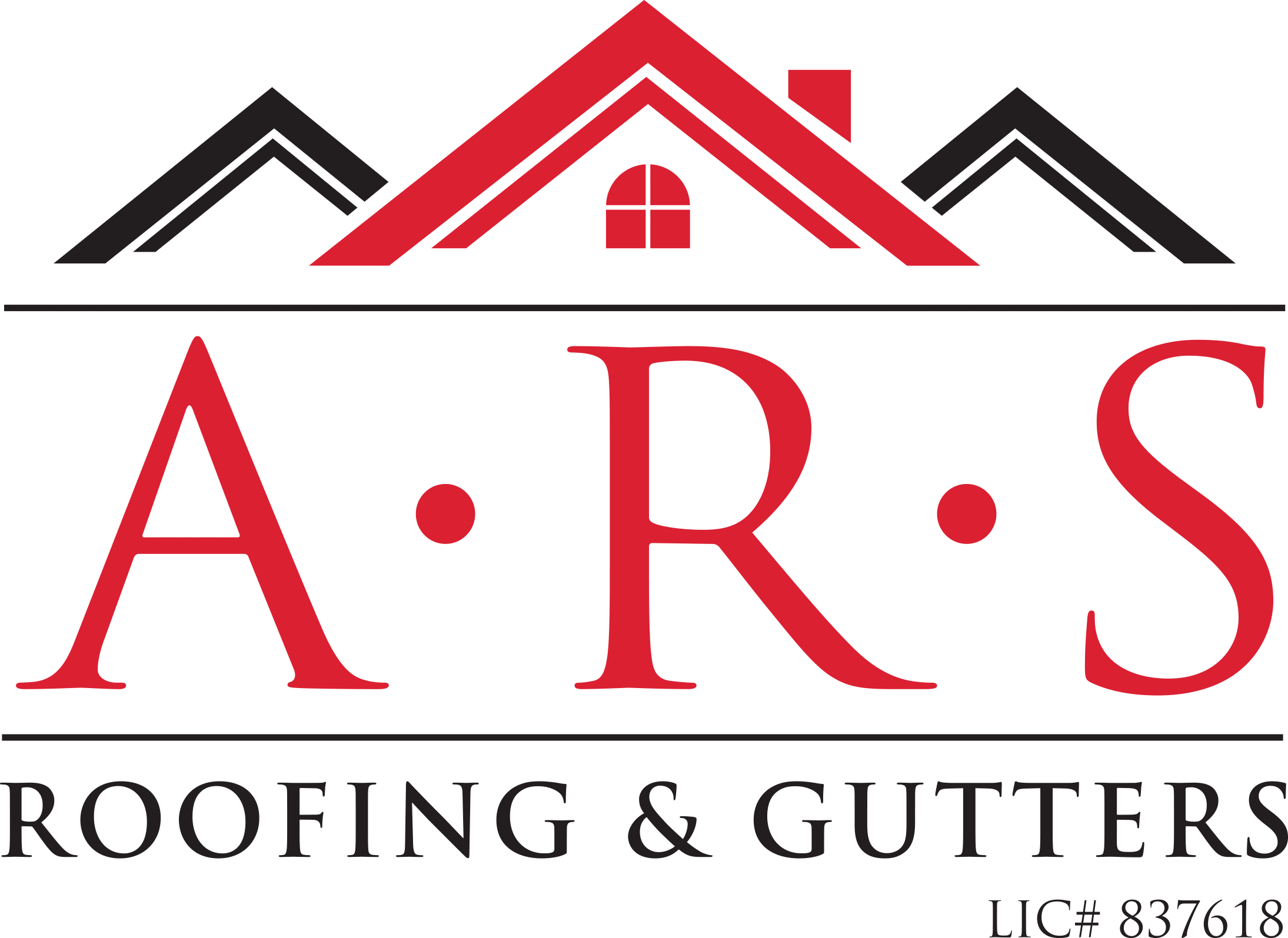Your gutter downspouts are an integral part of your gutter system. They are responsible for moving water out of your gutters and away from your building to prevent water damage to your roof, foundation, walls, and landscape. Larger or smaller downspouts may fail to perform their role, so it is important to determine the right size before buying gutter downspouts.
Gutter and Gutter Downspout Sizes
Some common types of gutters include K-style gutters and half-round gutters. Gutters are made from aluminum, copper, zinc, vinyl, and steel. Most homeowners install 5-inch and 6-inch gutters. Larger 7-inch and 8-inch gutters are more suitable for commercial properties.
Common downspout sizes include 2”x3” and 3”x4”. A good rule of thumb is that a 6-inch K-style gutter needs a 3”x4” downspout, whereas a 5-inch K-style gutter requires a 2”x3” downspout.
Different Types of Downspouts
There are three main types of downspouts – K-style downspouts, round downspouts, and rectangular downspouts. K-style is the standard downspout style. K-style downspouts are usually paired with 5” K-style gutters. They are available in two sizes, 2”x3” and 3”x4”.
Round downspouts are usually used for half-round gutters. They are available in different colors and sizes, including 3”, 4”, 5”, and 6”. Rectangular downspouts are the second most popular type of downspout. They are available in 2”x3”, 3”x4”, and 4”x5” sizes.
How to Determine the Right Downspout Size?
Gutter downspouts of the right size allow your gutters to drain correctly and save you money on repairs. Here are some essential things to consider when determining what size downspouts you need.
- Size of the Gutter Drainage Area: As a rule of thumb, one downspout should be placed every 25-35 linear feet of guttering. Depending on the local climate and rainfall intensity, some homeowners may need more downspouts. Many homeowners add extra downspouts to boost the drainage capacity of their gutters. Measure your roof to determine the watershed area, which is the area where water will run off. Multiply the peak to eave length by the width to get the square footage.
- Gutter Outlet Capacity: Roof slope and gutter size affect gutter drainage capacity, that is, the amount of water per minute that will be channeled off your roof to your gutters and eventually into your downspouts. Gutter outlet capacity should be in tune with the speed at which water flows off the roof. Water will run off with more velocity if your roof has a steep slope. If this is the case, your downspouts should be able to remove water at a faster rate, or water can overflow.
- Rainfall Intensity: If your area experiences heavy rainfall, you will want to invest in more oversized gutters and downspouts that can work in tandem to remove water quickly.
Whether you need help choosing the proper gutters for your roof or want existing gutters cleaned, ARS Roofing & Gutters has you covered. Our experts know all there is to know about the different types of gutters. To schedule gutter installation in Santa Rosa, call (707) 584-5900.
